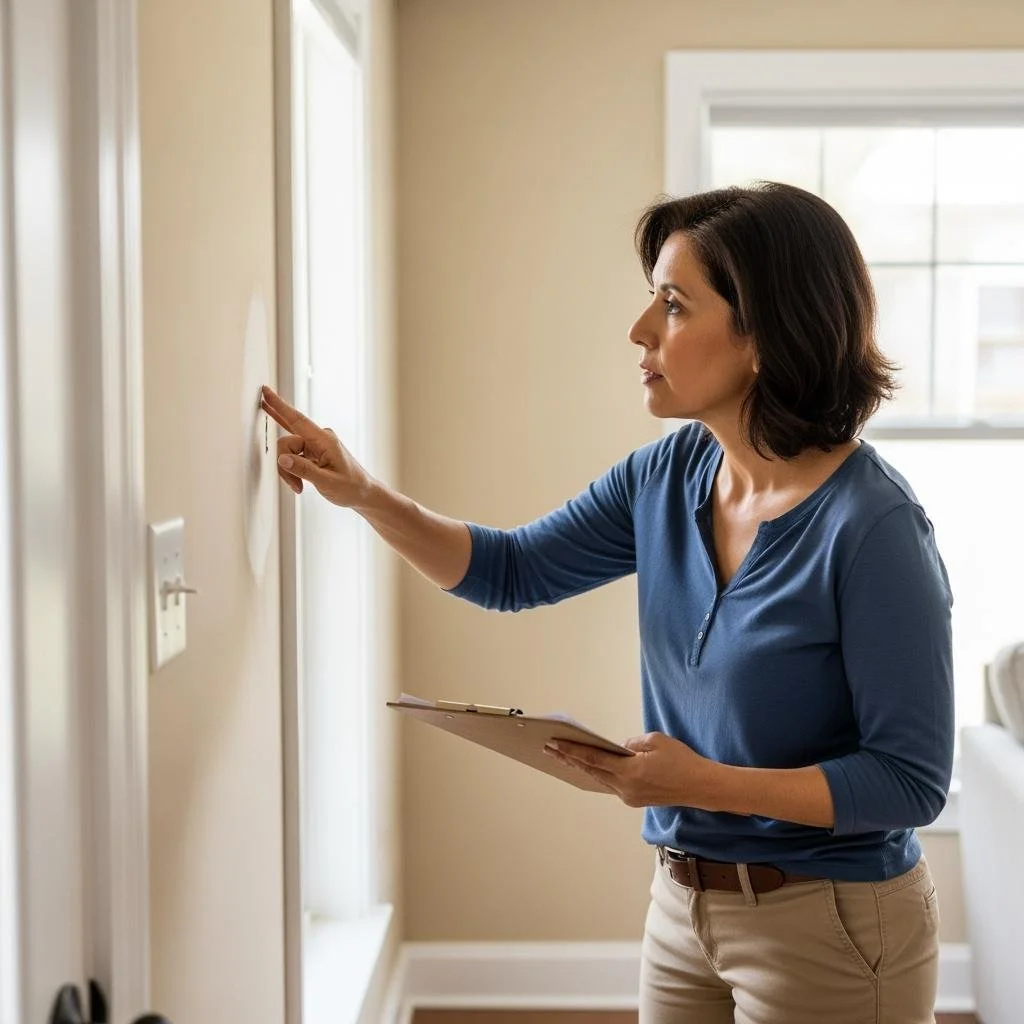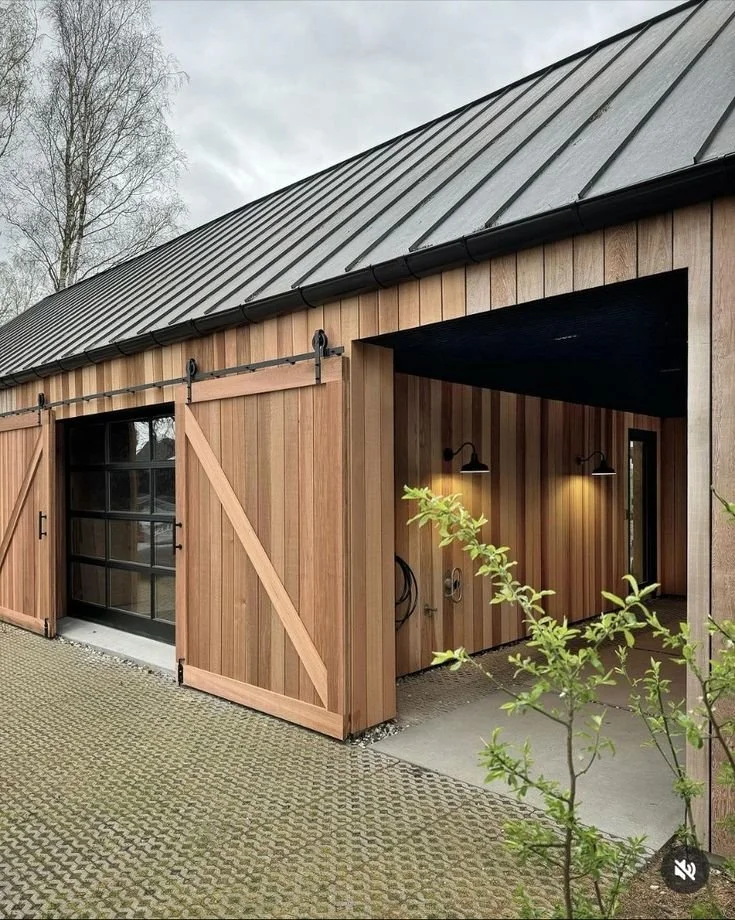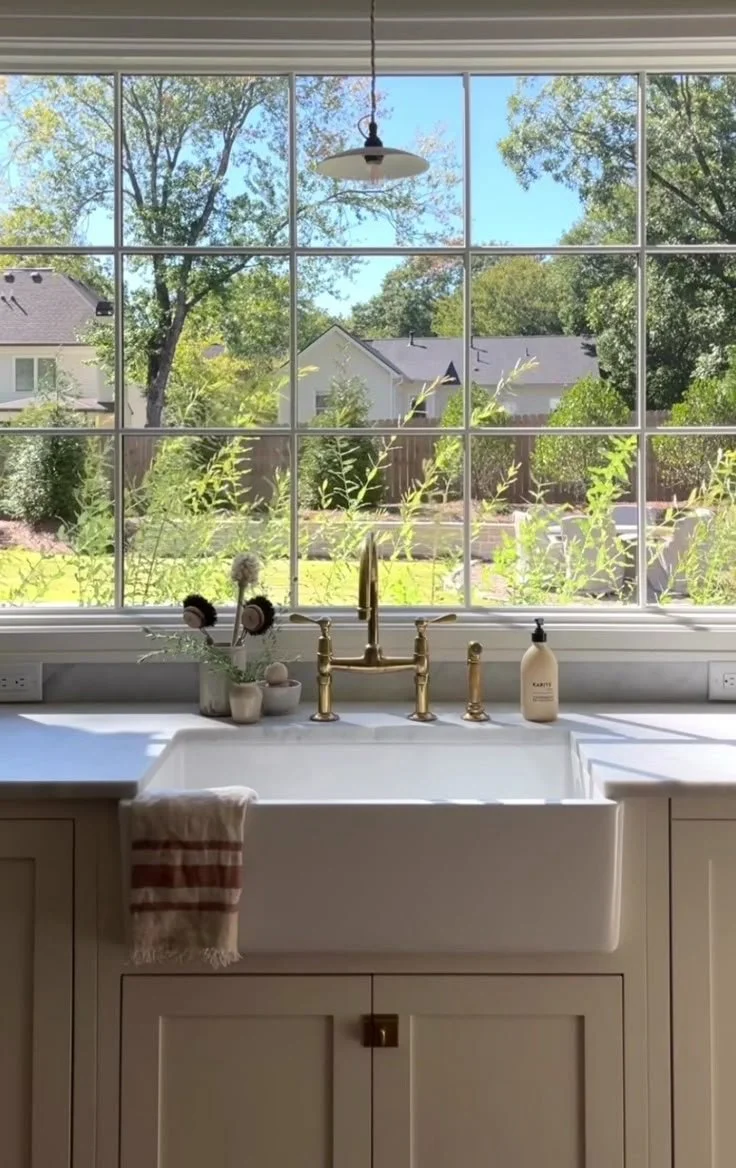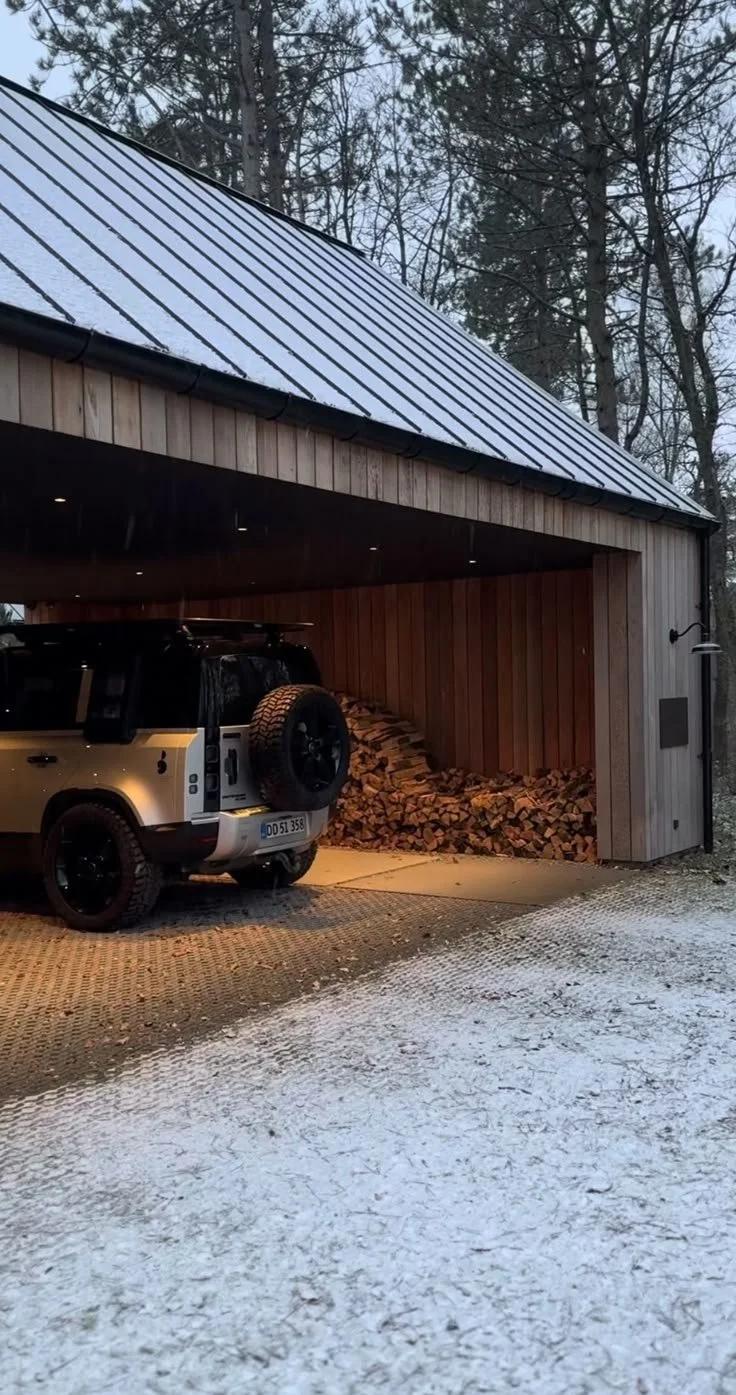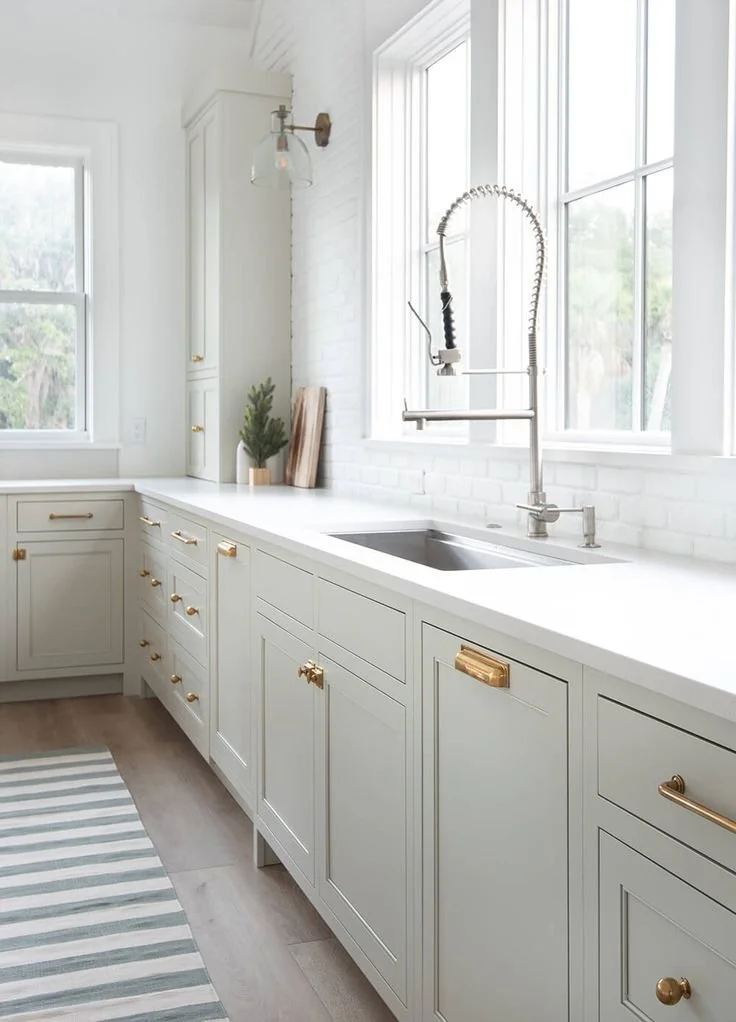A Beginner’s Guide To Home Renovation Priorities
Starting your first home renovation can feel overwhelming, especially when you're not sure which projects deserve your attention first. The reality is that most homeowners jump into renovations without a clear strategy, leading to wasted money and frustration.
In 2024, 83% of homeowners faced unexpected home repairs, nearly double the 46% reported in 2023. This dramatic increase shows why having solid home renovation priorities is more crucial than ever.
Whether you're dealing with a fixer-upper or simply want to update your current space, understanding how to prioritize projects will save you time, money, and stress down the road. In this guide, we’ll walk you through the essential steps to assess your home, plan your budget, and execute your vision with confidence.
No. 1
Understanding Your Home's Current Condition
Before diving into any renovation projects, you'll need to take an honest look at what you're working with. This assessment phase is critical for beginner home renovation success and helps you avoid costly mistakes later.
When dealing with major structural concerns, particularly roofing issues, roofing contractors can provide essential expertise for proper assessment and repairs. Timely intervention not only protects your property but also helps you avoid costly damage down the line.
Assessing Structural Elements
Start with the bones of your house – foundation, framing, and roof. These aren't glamorous, but they're absolutely essential. Look for cracks in walls, uneven floors, or signs of water damage. Don't skip the basement or crawl space either.
A sagging roof line or missing shingles should jump to the top of your priority list. These issues only get worse with time, and they can cause damage throughout your home if left unchecked.
This is especially important if you’re planning ideas for a basement home office and similar renovations that could slightly alter your home’s structure. Assess the structure beforehand so you know what you can and can’t do.
Identifying Safety Concerns
Safety issues trump everything else when it comes to home renovation priorities. Check your electrical panel's age, test smoke detectors, and look for outdated plumbing that might pose health risks.
Old knob-and-tube wiring, lead paint, or asbestos-containing materials need professional attention before you tackle any cosmetic projects. It's not exciting work, but it's necessary for your family's wellbeing.
Evaluating System Performance
Your HVAC, plumbing, and electrical systems are the heart of your home's functionality. Note which systems struggle to keep up with demand or show signs of aging.
A furnace that can't maintain consistent temperatures or pipes that frequently clog indicate systems that need attention sooner rather than later.
No. 2
Setting Realistic Budget and Timeline Expectations
Money management makes or breaks renovation projects, and this is where many beginners stumble. Creating a solid financial plan prevents you from getting halfway through a project and running out of funds.
The 30% Rule and Beyond
The 30% rule suggests limiting total renovation costs to 30% of your home's value. For a $300,000 home, that's roughly $90,000 maximum. This guideline helps prevent over-improving for your neighborhood.
However, this rule isn't set in stone. Sometimes essential repairs require exceeding this limit, while other times you might want to stay well below it. Consider your long-term plans and local market conditions when setting your budget.
Planning for Unexpected Costs
Every renovation uncovers surprises, and they're rarely pleasant ones. Set aside 15-20% of your budget for unexpected issues like hidden water damage or outdated wiring behind walls.
This contingency fund isn't optional – it's insurance against project delays and cost overruns. You'll thank yourself later when that "simple" bathroom update reveals rotted subfloor that needs replacement.
Creating Your Project Timeline
Home renovation tips always emphasize realistic timeline planning. Most projects take longer than expected, especially when you're learning as you go.
Factor in permit approval times, material delivery delays, and your own availability for DIY work. Rush jobs often result in poor quality or safety shortcuts you'll regret later.
No. 3
Prioritizing Projects for Maximum Impact
Smart prioritization balances immediate needs with long-term value creation. This strategic approach to home improvement ideas ensures you're investing your money wisely.
Essential vs. Cosmetic Updates
Address functional problems before aesthetic ones. A leaky roof or failing furnace demands attention regardless of how outdated your kitchen looks.
Once essential systems are solid, you can move to improvements that enhance daily living. Fresh paint and updated fixtures make a big difference without breaking the bank.
ROI-Focused Renovations
Some projects consistently return more value than others. Kitchen and bathroom updates typically offer strong returns, while highly personalized projects might not appeal to future buyers.
Minor kitchen remodels, bathroom additions, and deck installations often recoup 70-80% of their costs. Swimming pools and luxury upgrades usually return much less.
Future-Proofing Your Investment
Think beyond current needs to anticipate future requirements. Installing electrical capacity for electric vehicle charging or adding grab bars in bathrooms can save money later.
Energy efficiency improvements like insulation upgrades and efficient windows reduce ongoing costs while increasing comfort. These investments pay dividends for years to come.
Rejuvenation
Jumpstart your next home project with Rejuvenation's Home Project Guides!
Expert tips, inspiration, and resources to bring your vision to life.
Start planning today!
No. 4
When to DIY vs. Hire Professionals
Knowing your limits prevents dangerous mistakes and costly do-overs. This renovation planning guide principle separates successful projects from disasters.
For instance, when it comes to developing a floor plan that prioritizes flow, value, and the unique character of your property, it is essential to work with local expert contractors. These specialists will have the experience to optimize your home’s square footage based on your lifestyle needs and goals.
Plus, they will have a thorough understanding of local regulations and market demands to prevent legal issues and increase the market value of your property.
Safety-Critical Projects
Electrical work, structural modifications, and gas line installations require professional expertise. The risk of injury or code violations isn't worth the potential savings.
Plumbing projects beyond simple fixture swaps often need permits and professional knowledge. Water damage from failed DIY plumbing can cost thousands to repair.
Complex System Installations
HVAC installation, major appliance hookups, and window replacements involve multiple skills and specialized tools. Professionals complete these jobs faster and with proper warranties.
Roofing work presents serious fall risks and requires knowledge of proper installation techniques. The cost of professional installation is usually justified by safety and quality considerations.
Building Skills Gradually
Start with simple projects to develop confidence and skills. Painting, basic carpentry, and simple electrical tasks like outlet replacement are good learning opportunities.
As your abilities grow, you can tackle more complex projects. Just don't let enthusiasm override common sense when it comes to safety-critical work.
FAQ
What is the 30% rule for renovations?
The 30% rule is a helpful budgeting guideline used by many homeowners and professionals alike. It suggests that you should not spend more than 30% of your home's value on total renovations.
What should I prioritize in a home renovation?
Although it may seem like a higher priority to update a master bedroom, renovations like roof repairs and exterior siding replacement typically yield the highest long-term return on investment.
In what order should you renovate your home?
Start with planning, then employ professionals for design. Follow with demolition, electrical/plumbing/HVAC work, drywall, doors/windows, painting, and finally flooring for best results.
Takeaways
Home renovation priorities don't have to be complicated, but they do need to be thoughtful. Start with safety and structural issues, then move to improvements that enhance your daily life and property value.
Remember that every expert was once a beginner, and mistakes are part of the learning process. The key is making informed decisions that protect your investment while creating the home you want to live in.
Looking for Home resources?
Looking to enhance your living space and create a sanctuary that supports your well-being? Explore our home partners who offer a wide range of resources to elevate your home environment.
